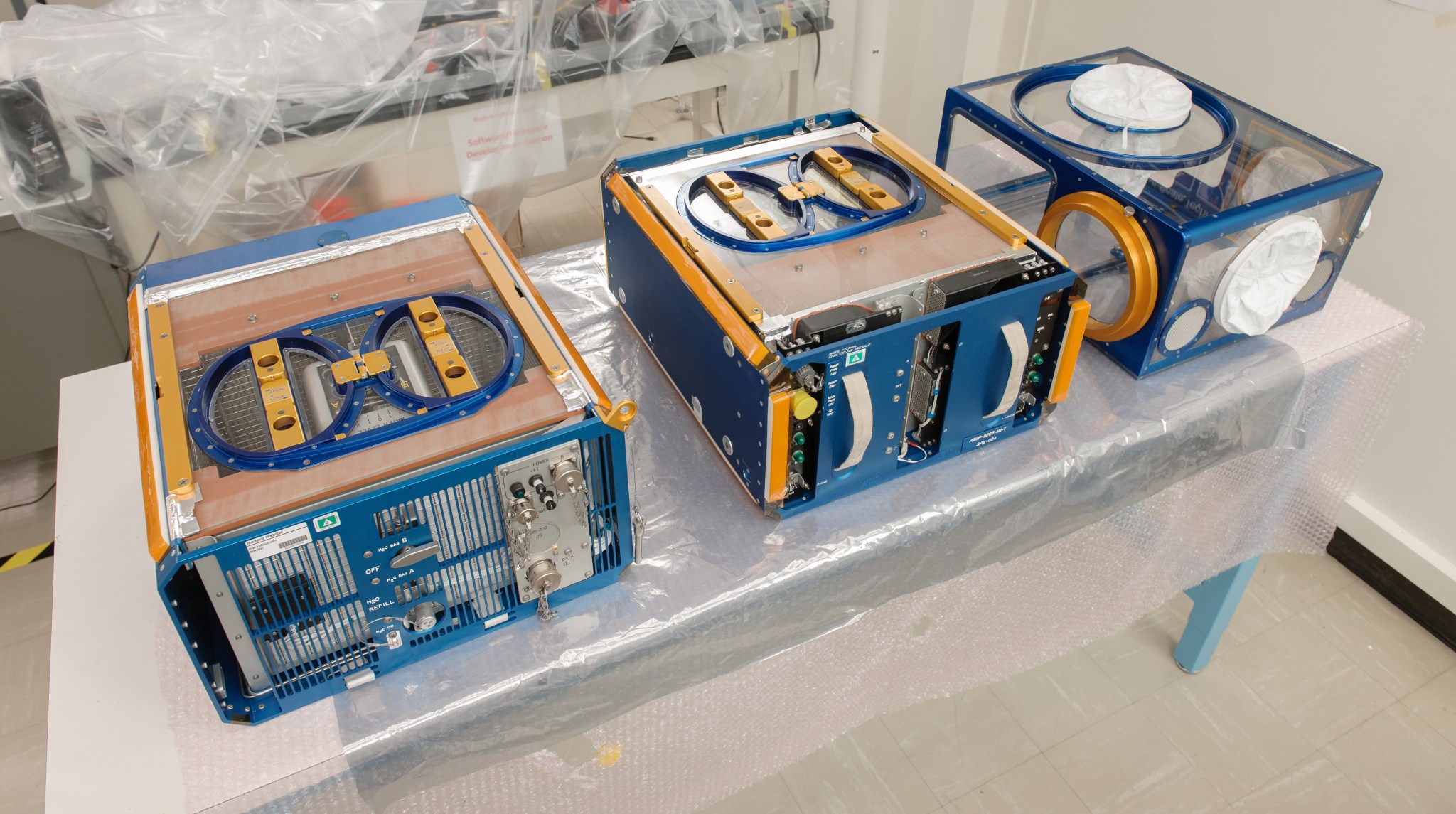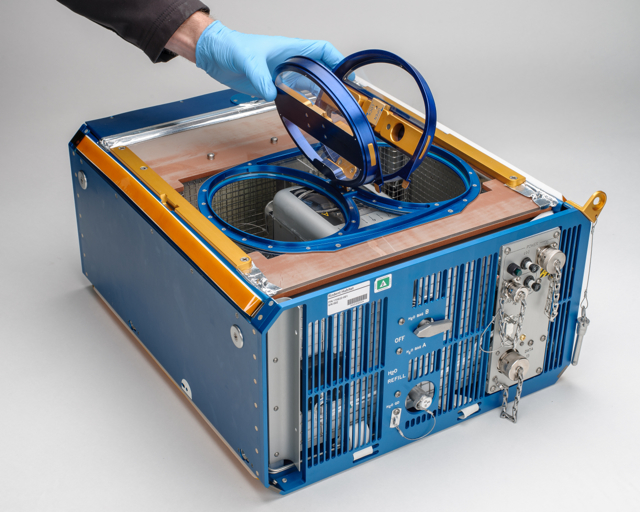Rodent Research-1 (SpaceX-4)
Rodent Research Hardware and Operations Validation
NASA’s Rodent Research Hardware System provides a research platform aboard the International Space Station for long-duration rodent experiments in space. Such experiments will examine how microgravity affects the rodents, providing information relevant to human spaceflight, discoveries in basic biology, and knowledge that can help treat human disease on Earth.
NASA and the Center for the Advancement of Science in Space (CASIS) are developing spaceflight experiments that will use the Rodent Research Hardware System. The maiden voyage of the system, Rodent Research-1, launched aboard SpaceX-4 on September 21, 2014. Rodent Research-1 operations have been completed.
Rodent spaceflight experiments have contributed significantly to our understanding of the effects of microgravity on biological processes that are directly relevant to humans in space. Rodent studies provide information of the whole biological system, including the effects of microgravity on the structure and function of the sensori-motor, musculoskeletal, nervous, cardiovascular, reproductive and immune systems.
Project Manager: Janet Beegle, NASA, Ames Research Center
Project Scientist: Ruth Globus, NASA, Ames Research Center
NASA Video: Rodent Research in Microgravity
For more information, see the Space Station Research Explorer for the Rodent Research-1 mission.































